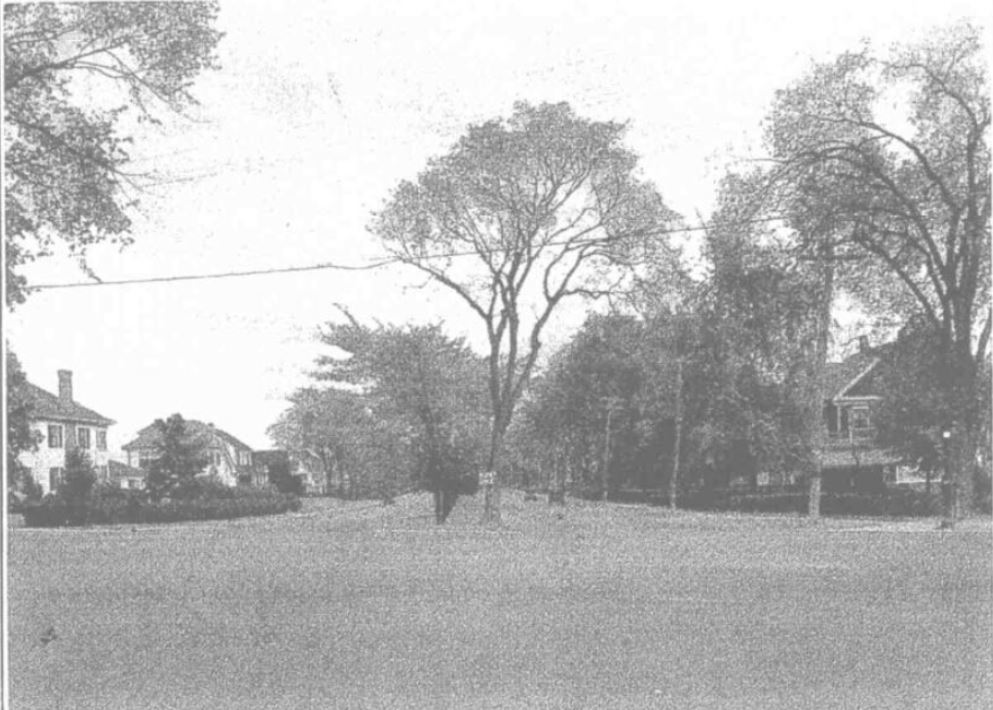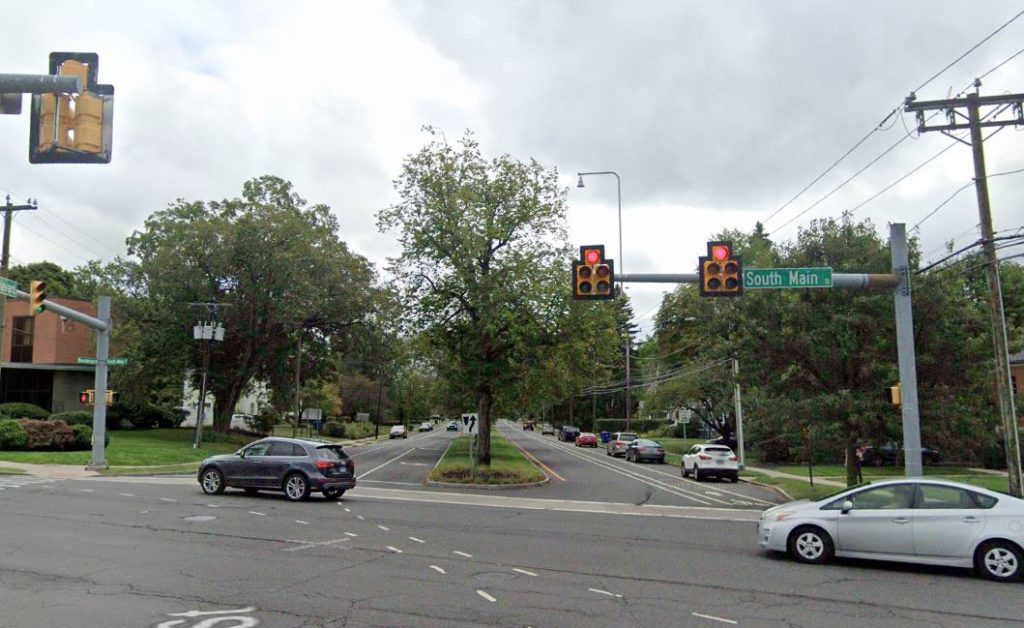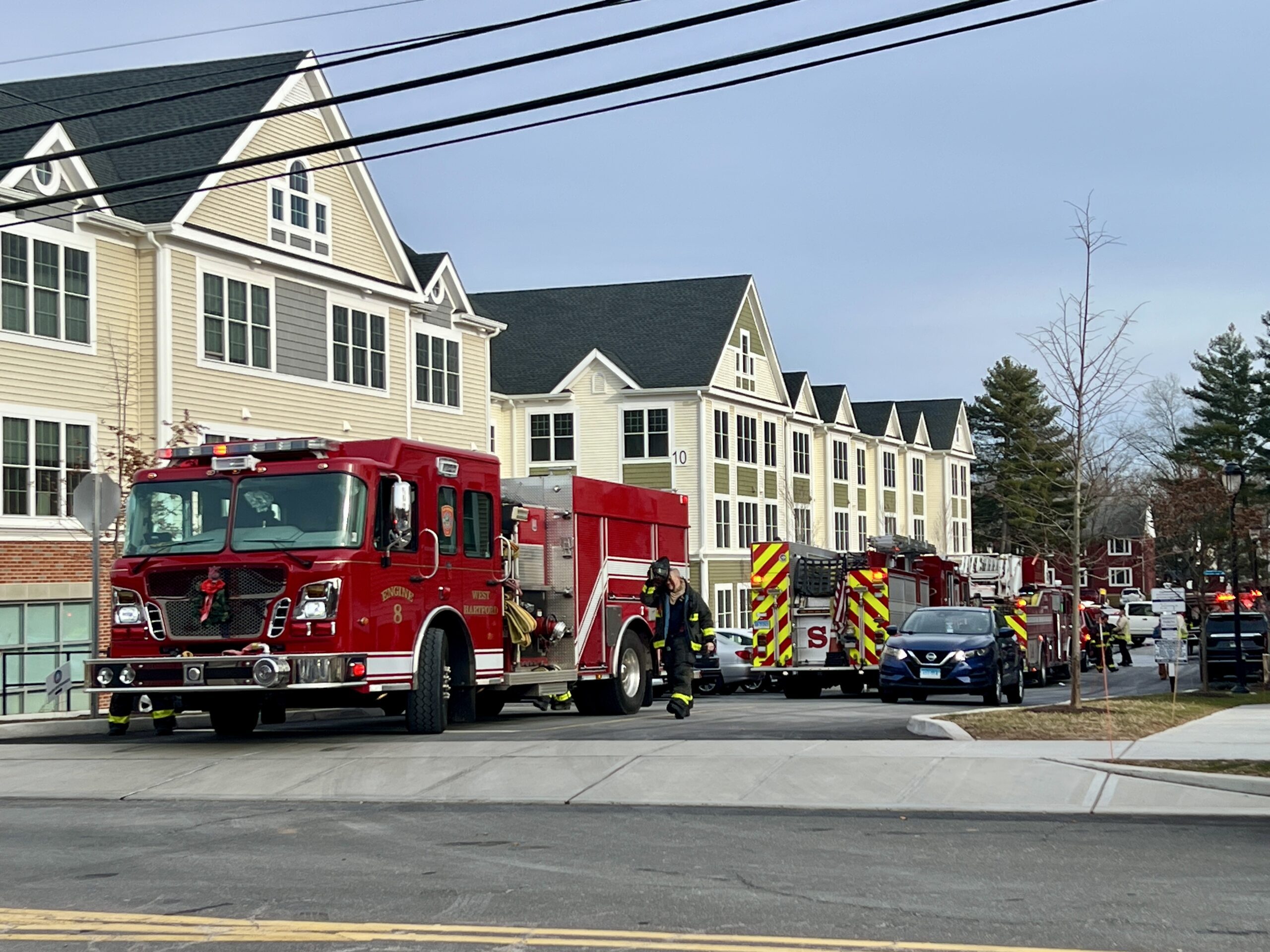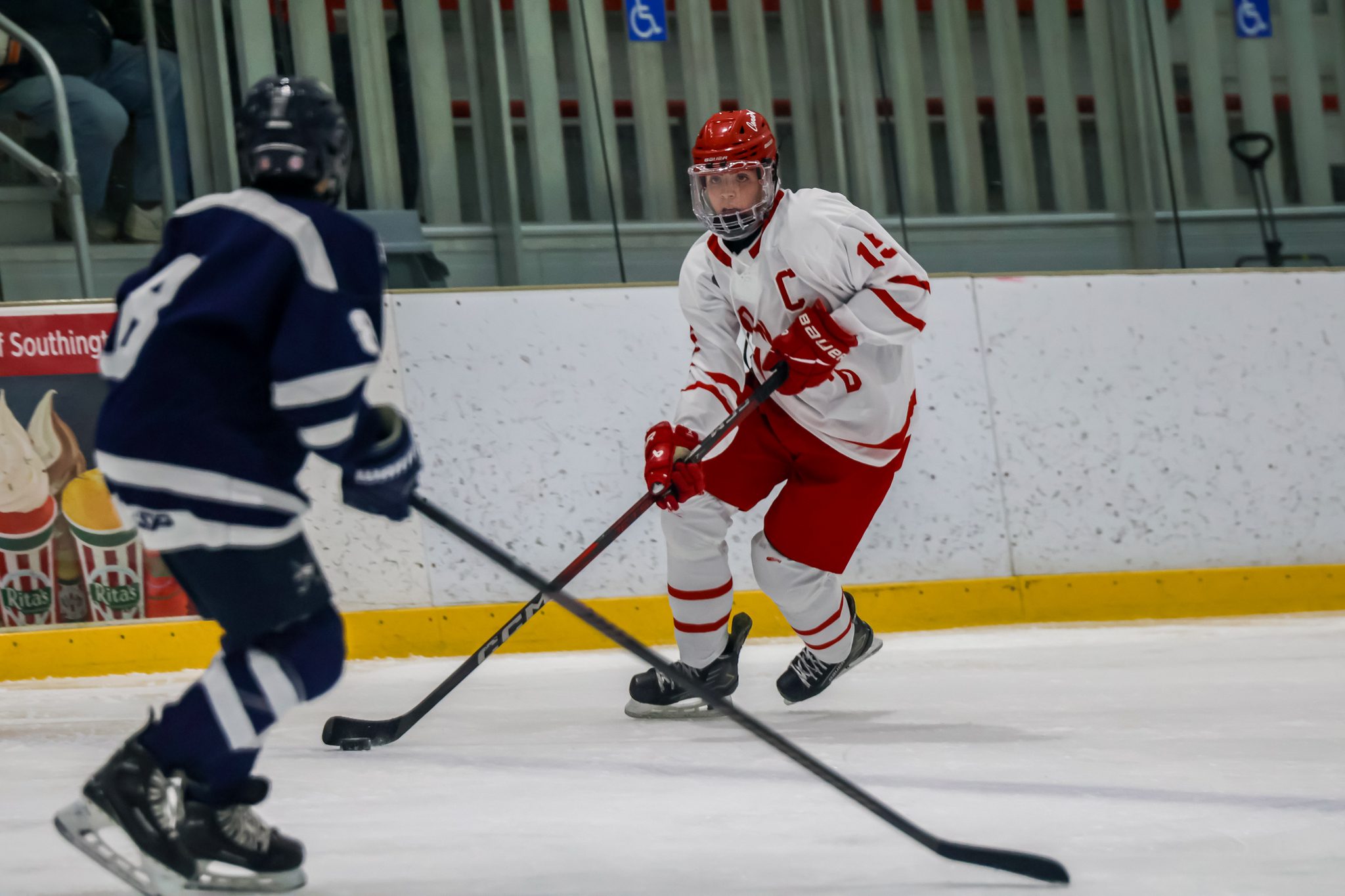From the West Hartford Archives: Boulevard Looking East from South Main Street

Audio By Carbonatix

Boulevard, looking east from South Main Street in the late 1920s. Courtesy Noah Webster House & West Hartford Historical Society
Historian Jeff Murray takes a look into West Hartford’s past to uncover some surprising information, stir up some memories, or reflect on how much life has changed – or hasn’t changed at all. Enjoy this week’s ‘From West Hartford’s Archives’ …
By Jeff Murray
This is a view of Boulevard looking east from South Main Street in the 1920s.
In 1895, Frederick Rockwell bought up several farms along what would become the Boulevard from Mountain Road to Prospect Ave. The road was made quite wide because Rockwell imagined a trolley line from Hartford to Unionville in the center (which in retrospect was really silly considering the town already had one along Farmington Ave going the same route; why would it make sense to have two parallel trolley lines a block away from each other?).
Rival trolley companies protested anyway and so he was left with a super wide road and no trolley. He and William A. Burr, who had grown up a few blocks north in the 1850s, laid out Burr Street, Meadowbrook Road (at that time named Vera Street after Frederick Rockwell’s daughter), and Raymond Road (then called School Street which led to the brand new high school the town had built at Memorial Road). A few years later, a second tract east of Trout Brook also had streets named after his daughters (Vera, Jessamine, and Doris, now Trout Brook Drive).
This particular stretch of Boulevard at South Main Street can actually be traced back to the Colton family farm for over 150 years.
In 1713, West Hartford’s first church, the West Division of Hartford’s Fourth Congregational Church, was organized with 29 members under Rev. Benjamin Colton (1690-1759), who lived on this land. His son Abijah (1731-1815) built another house here in the 1780s and it apparently contained timbers of the much older house of his father’s time. His son Roderick (1790-1863) then lived here. Roderick’s children, including Charlotte A. Colton (1832-1916), were the last to live in the house at its old site (and Charlotte was living there when it was bought by Rockwell).
In 1897, after Rockwell had bought the farm and laid out the Boulevard, a neighbor offered to move the Colton house to his own land so that he could rent it out. It was moved to 1699 Boulevard, where it still stands today. It is much farther back from the road than the other houses and was remodeled and added onto several times in the 1800s and 1900s. It is technically the oldest house on the Boulevard without ever being built on the Boulevard.

Current view of Boulevard looking east from South Main Street. Google Street View
Jeff Murray was born and raised in West Hartford and has been involved with the Noah Webster House & West Hartford Historical Society since 2011 when he was a high school student and won the Meyer Prize for his essay on local history. Jeff routinely volunteers as local history researcher uncovering information for numerous museum programs such as the West Hartford House Tour and West Hartford Hauntings. Jeff works as a data analyst at Pratt & Whitney.
Like what you see here? Click here to subscribe to We-Ha’s newsletter so you’ll always be in the know about what’s happening in West Hartford! Click the blue button below to become a supporter of We-Ha.com and our efforts to continue producing quality journalism.




It’s a shame the boulevard plan didn’t extend further. It’s such a gracious and livable design. It is now a historic district, I believe.